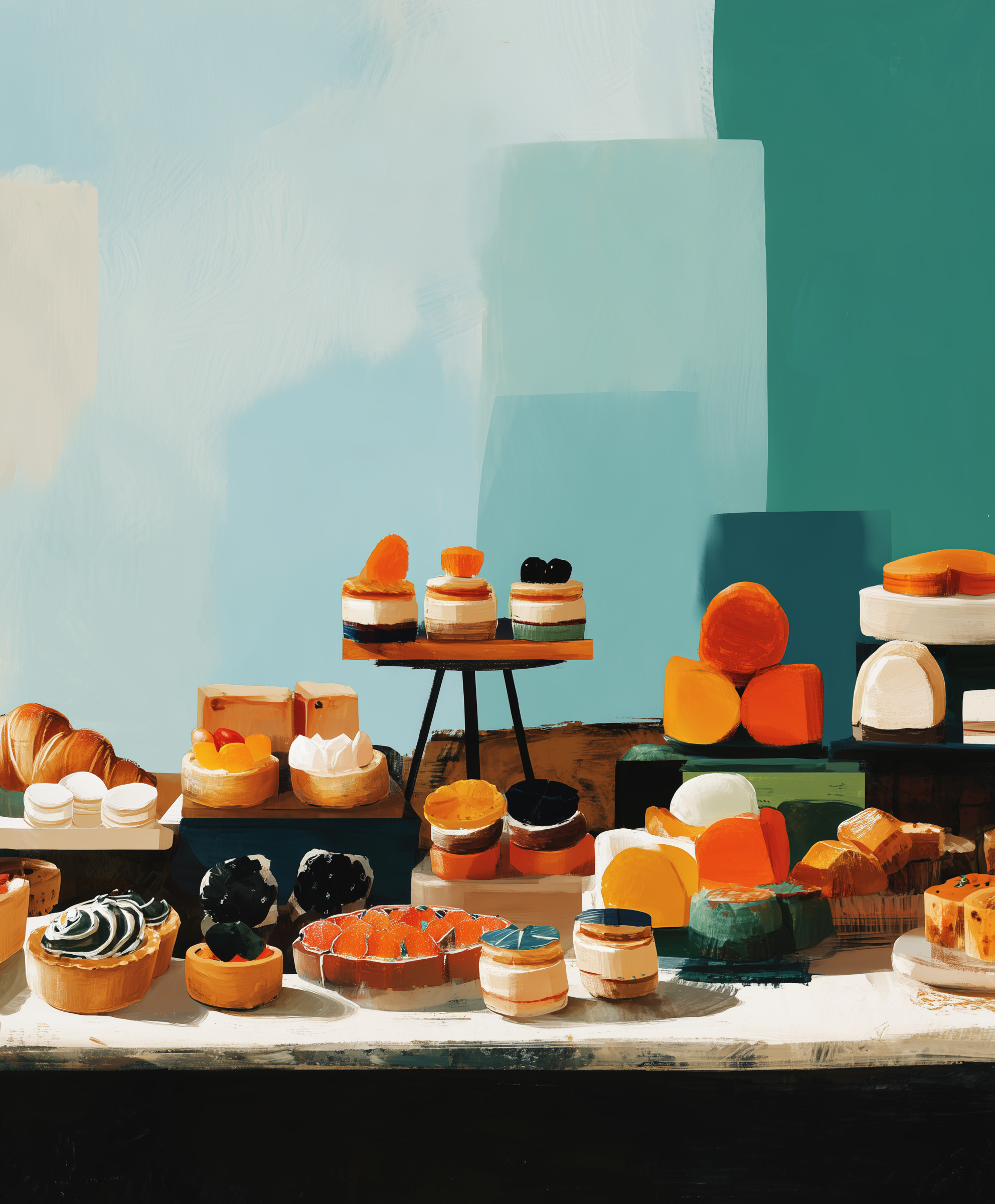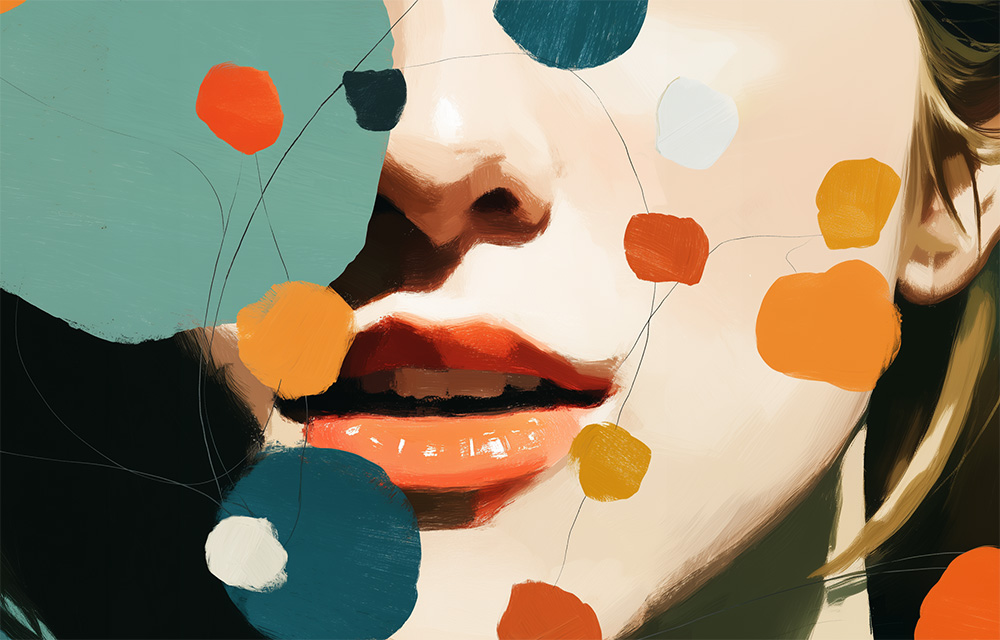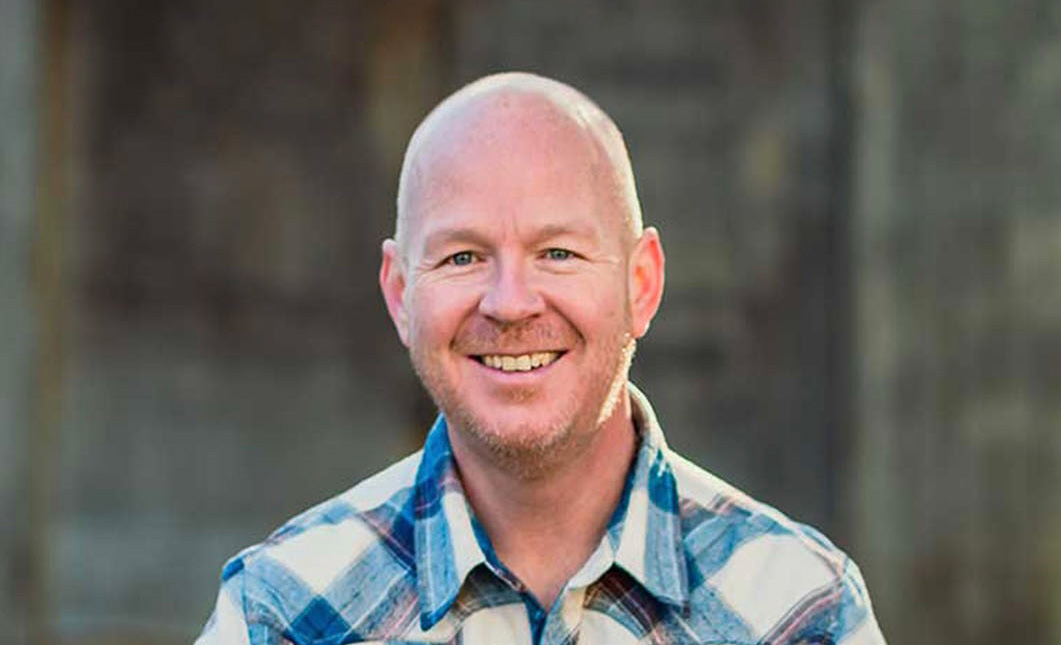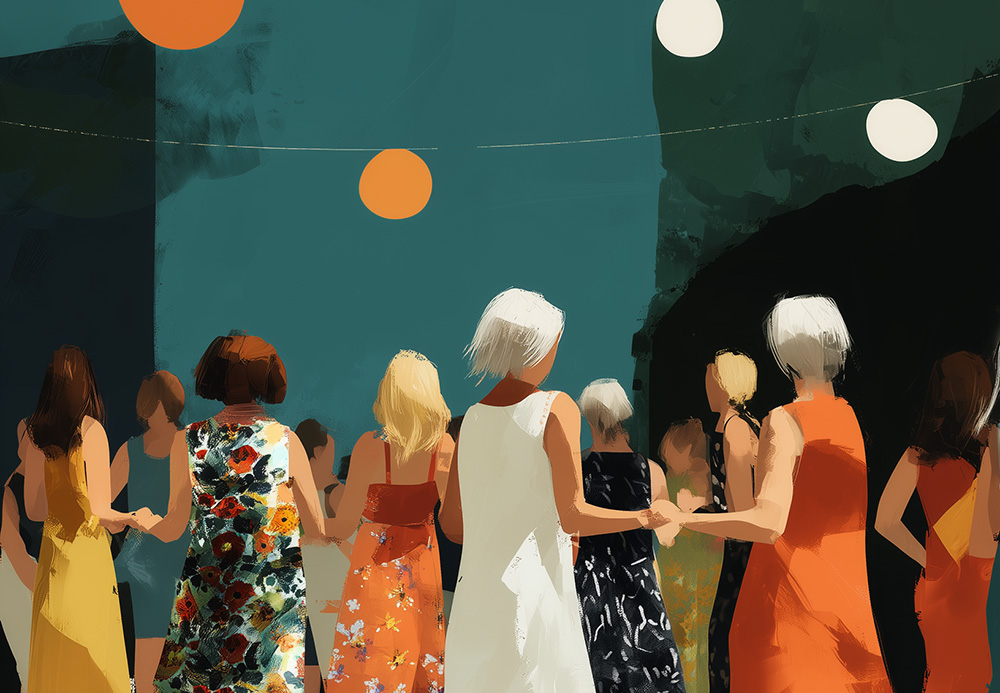Renowned French-born pastry chef Dominique Ansel is a master of creativity and imagination . Chef Ansel turned his invention, the Cronut™ (half croissant, half donut), into a permanent fixture in the modern dessert world. Step inside his staple Soho bakery in New York city, and watch the magic unfold as Chef Ansel crafts desserts that playfully bloom, shatter, smoke and surprise. He continues to inspire, and reshape how we experience sweets with the opening of his newest spot Papa d' Amour.
InHabit Magazine chats with Chef Ansel on his creative process, and what keeps him inspired.
InHabit: When the Cronut™ became such a phenomenon, rather than stay in that moment, you kept innovating. Looking back, what did the Cronut™ teach you about creativity and evolving as a pastry chef?
Chef Dominique Ansel: If you would have told me years ago that all of this would happen, I wouldn't have believed you. The bakery had been open for almost 2 years, and we changed the menu quite often; we wanted to do something special just for Mother's Day weekend. It took about 2 months to develop, a type of layered laminated dough that's similar to a croissant but with a different recipe, in that familiar donut shape. We decided to call it a Cronut™, and the first flavour was rose vanilla, since it was for Mother's Day.
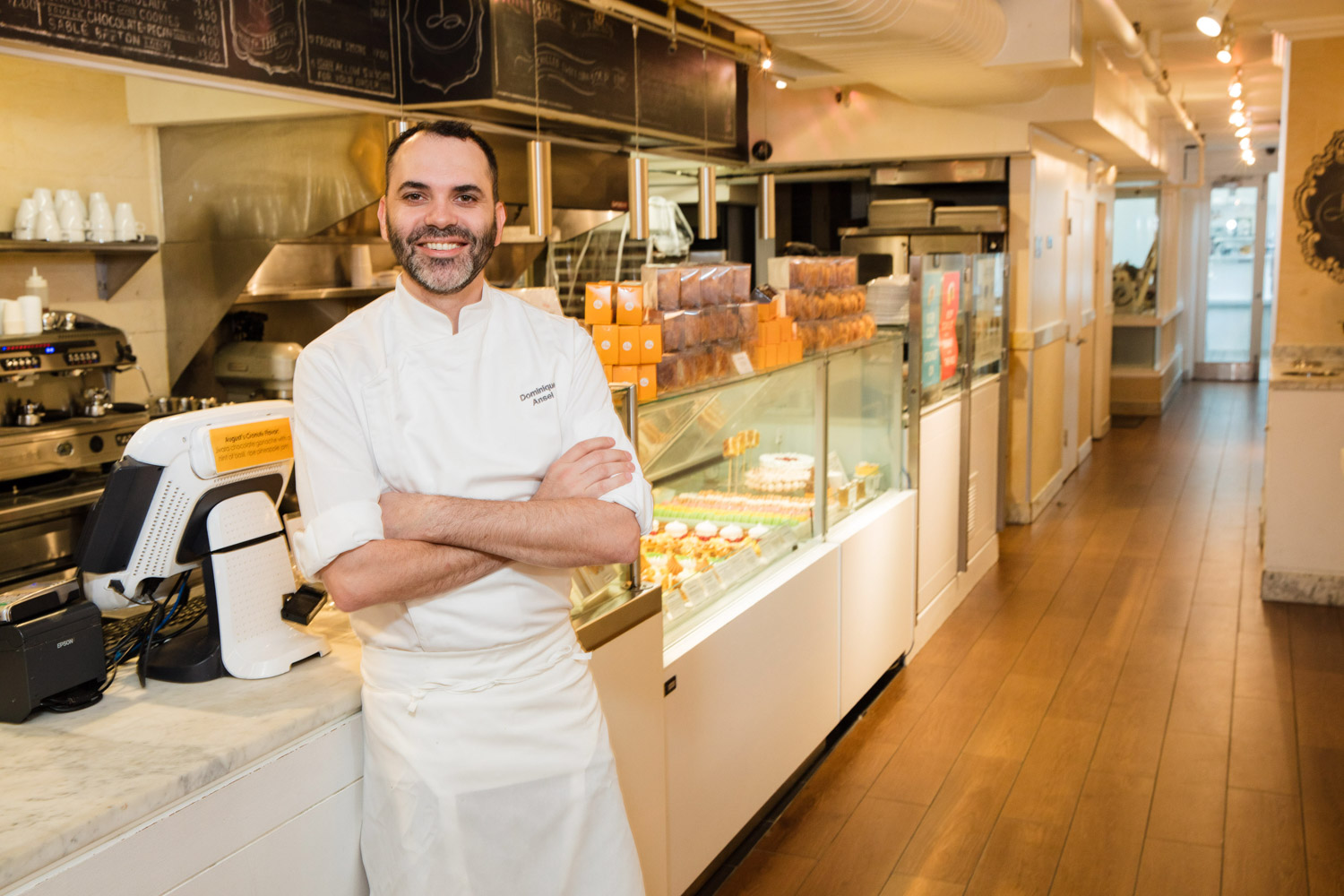
I remember a blogger friend of ours came by, took a photo and put it online, and the next day, he called and said we should plan to make more as their site went completely viral, with 140,000 links linking back to his story in just a day or so (back before the concept of "going viral" was even a thing). By day 3, there were 150 people outside in line, before we opened, and we only had 4 employees at the time.
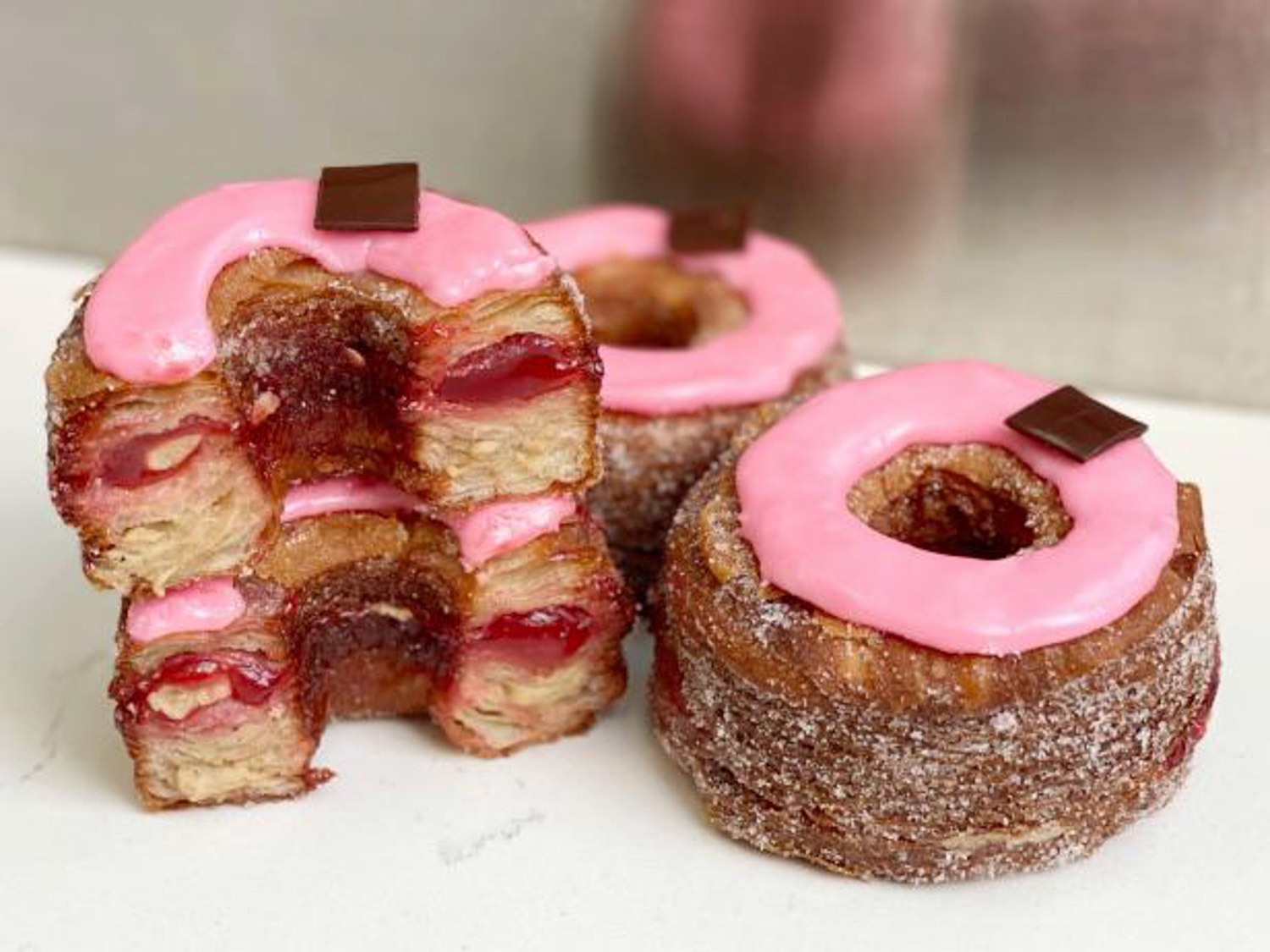
We have this saying: “Don't let the creation kill the creativity.”
We decided from the start not to compromise on quality, and to put our heads down and get to work making something we all believed in and welcoming our guests one by one, day by day. If anything, the whole experience taught me to never stop creating. We have this saying: “Don't let the creation kill the creativity.” In other words, don't let one creation stop you from continuing to develop new ideas or push ourselves forward. Soon after, we launched the Cookie Shot, the Frozen S'more, the Blossoming Hot Chocolate, new shops and menus, and we haven't stopped since.

Many of your sweet creations, like the hot chocolate flower that blooms in a cup, are playful and imaginative. Where do you draw your inspiration from?
Inspiration can come from anywhere, and not just from the culinary world. For the Blossoming Hot Chocolate, for example, I was inspired by an art exhibition I visited in Japan about movement, and it got me thinking of ways to present food differently. Why couldn't a flower made of marshmallow bloom inside of your cup as it's handed to you? We spent months testing different kinds of marshmallow, different textures and thickness, what temperature the hot chocolate should be and the moment when we should drop the marshmallow into the cup so it'd bloom tableside.
Inspiration can come from anywhere
Travelling the world gives me endless inspiration too, learning and tasting foods from different cultures. There's fashion too, and the way that types of different fabrics can drape and pleat. I've also researched pottery, and the tools used for molding and shaping clay (we even have a pottery wheel in our kitchens, which we use when piping ganaches and decor onto cakes, as it spins at a steady pace so we can create evenly piped concentric circles, for example). Even nail art, and the way artists can airbrush designs or paint the tiniest of details.
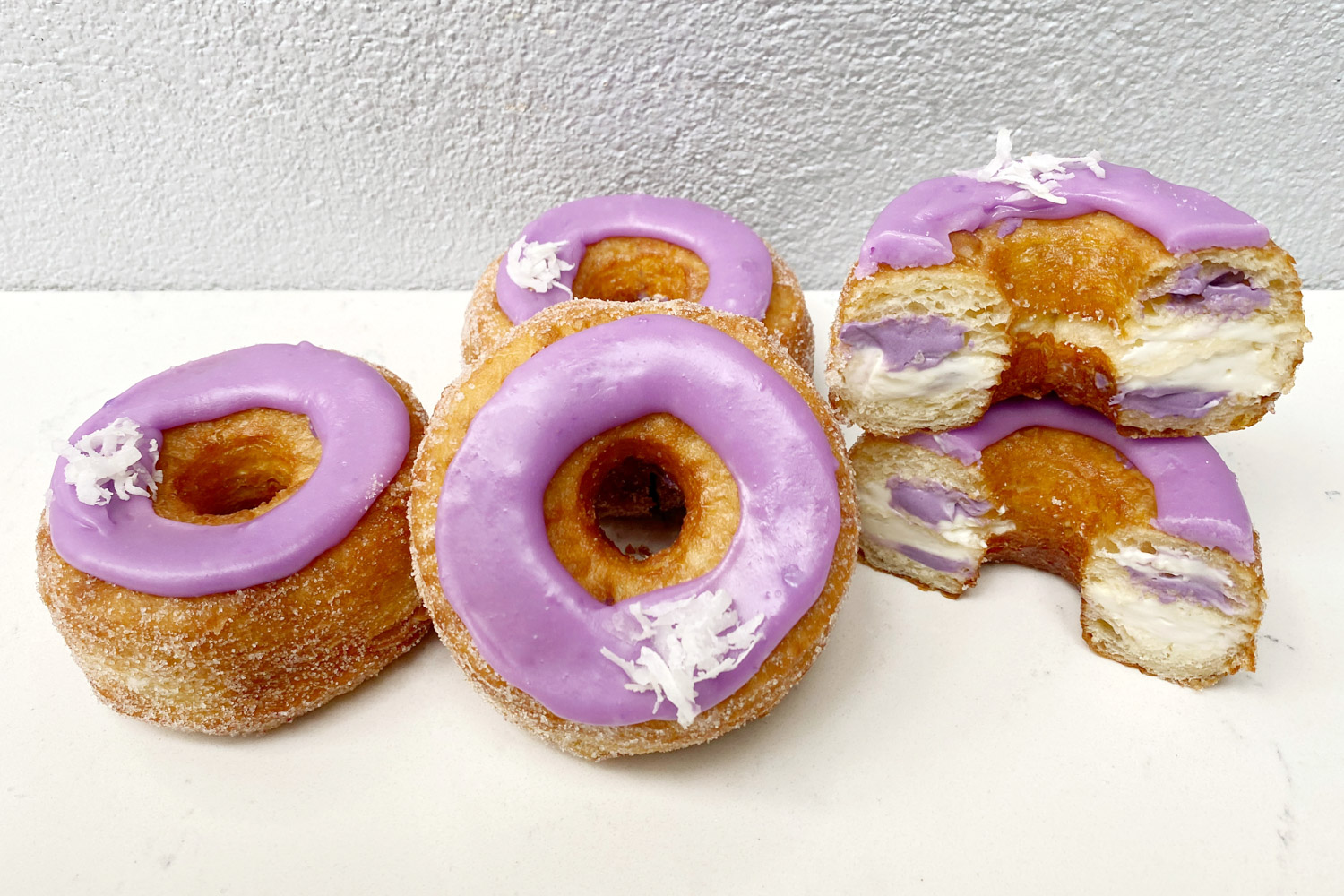
Your pastries are often textured and colourful. Do you ever begin with a palette in mind, or a theme that you are trying to convey?
It depends on what we're making. We always consider seasonality and what ingredients we're able to source. Our pastry case and viennoiserie during the spring and summertime often feature fresh fruits, while during the chillier months we'll work with more hearty or warmer flavours like chocolates, spices, etc.
There's also occasions throughout the year when we'll transform our entire pastry case into themes, for example during a few weeks in summer, we'll turn our pastry case into ten different kinds of fruit tarts. We call it Summer Marché, when our case becomes a farmers market with tarts featuring summer fruits from all over the world. And over in our Las Vegas shop, for example, we even had a pastry case of cakes inspired by lucky symbols, from a four leaf clover cake to a lucky goldfish or a fortune cookie cake.
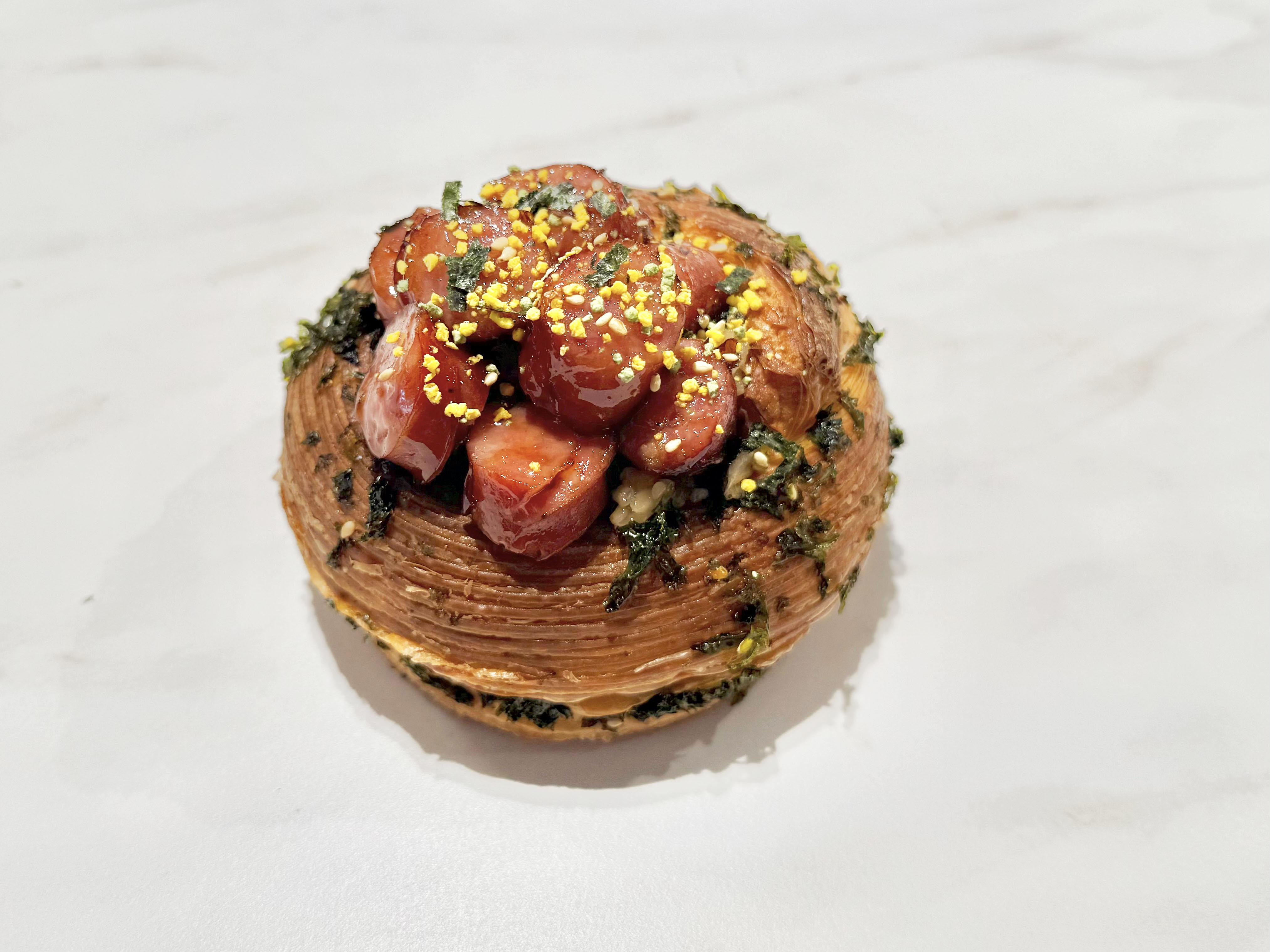
When you are creating a new dessert, what sparks the initial idea? Do you play with flavour, texture and seasonality often?
It's a mix of everything really: great ingredients that are in season, flavours that complement one another, and a contrast of textures. So there's always a bit of a crunch if the pastry features smooth ganache, to balance it out.
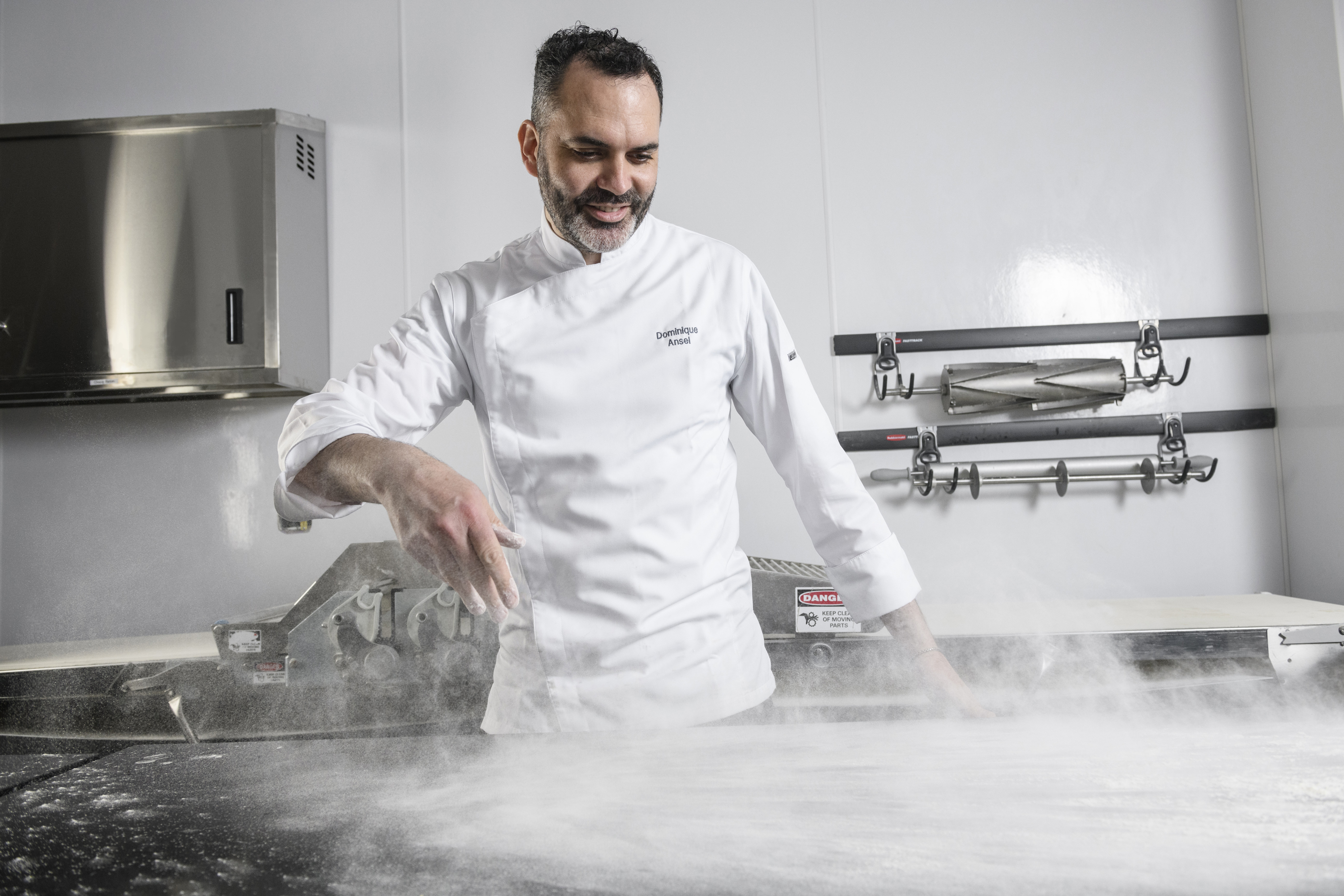
There is a sense of playful wonder in your desserts. Do you feel your desserts tell a story? If so, what kind of story are you currently trying to tell?
That's one of the most important factors in everything we create. Your food has to connect with people, it has to tell a story, whether it's reminding you of a moment in time, a childhood memory, or you're celebrating a special occasion with people you love —- a birthday, a holiday, a happy occasion with something sweet. If you think about it, you don't have to eat dessert in the way that you have to have food to sustain yourself; dessert is often a choice, and it's often to celebrate the special moments in life, big or small.



